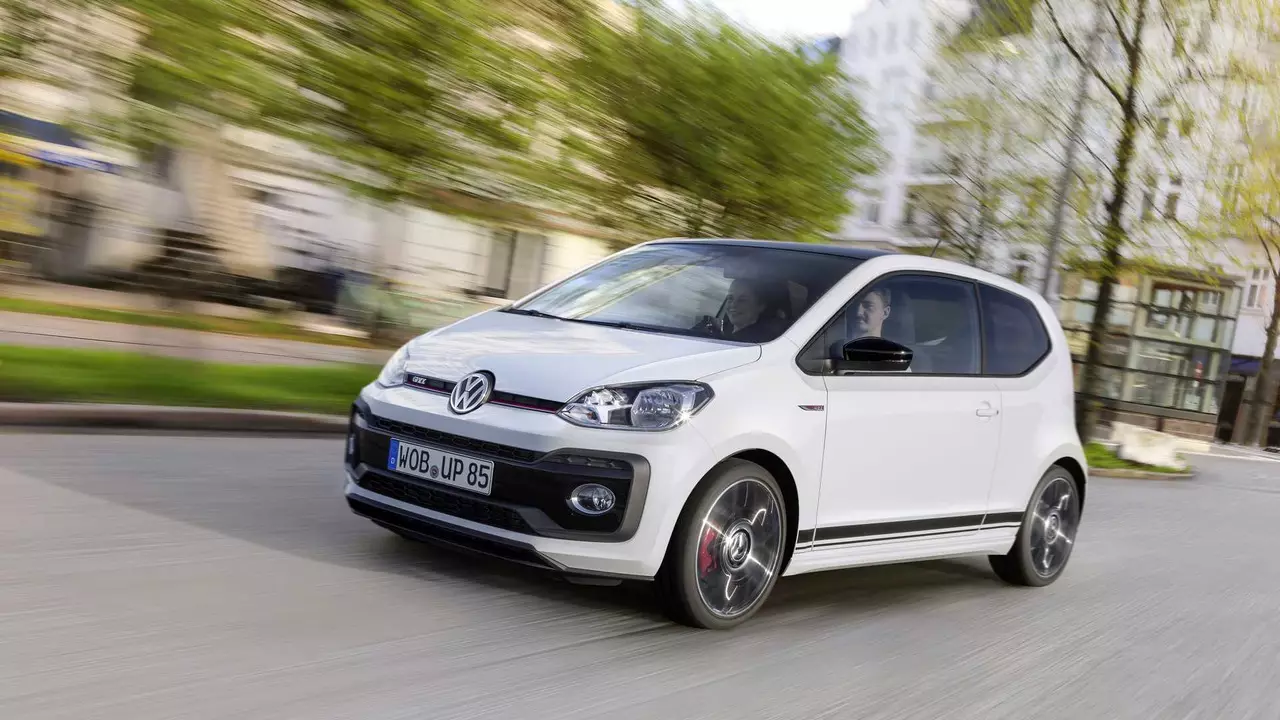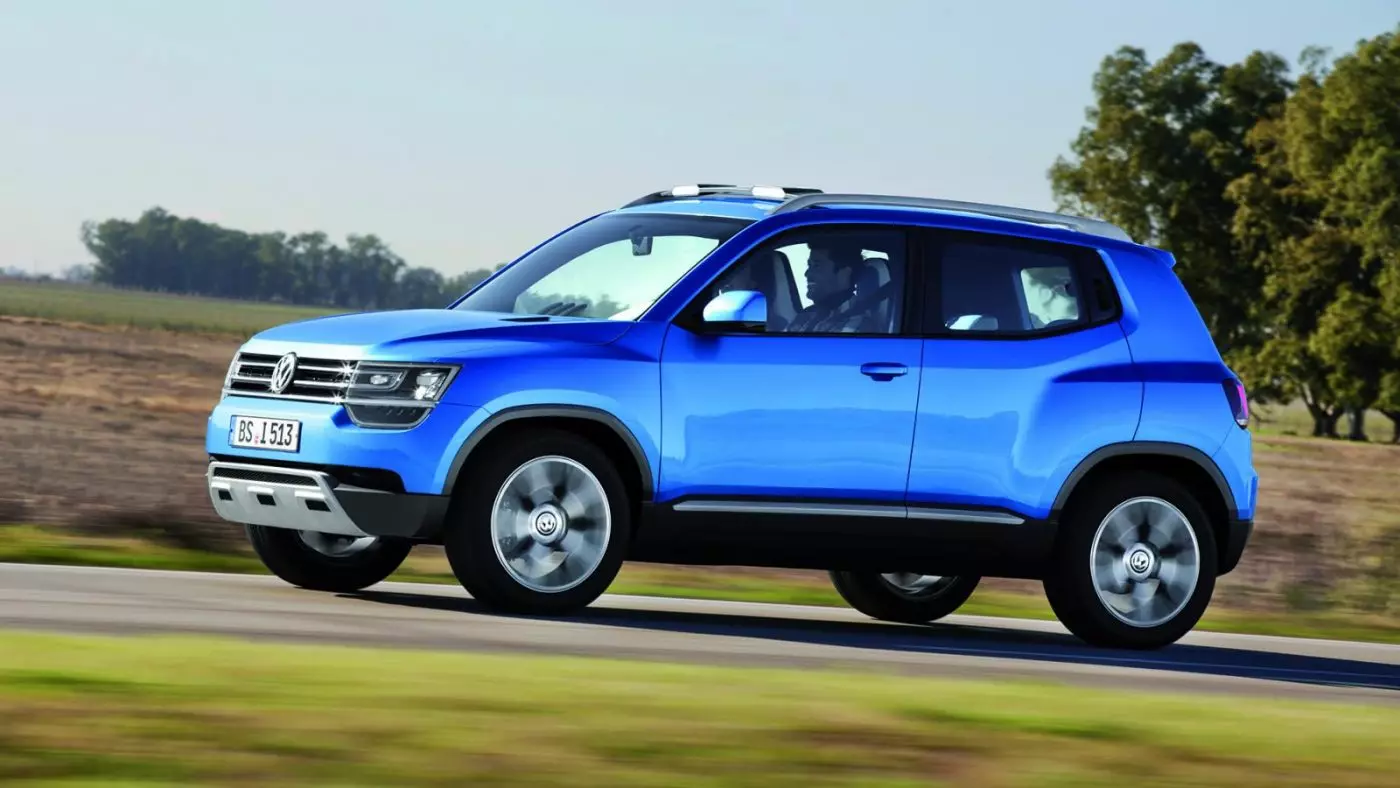Small cars, small profits. Development and production costs are similar to those of larger cars — they have to meet the same emissions standards, ensure the same levels of safety, and come equipped with the latest connectivity equipment — but the market expects the price to be as low. like the dimensions of the car itself. A problem that Volkswagen faces now that it needs to find a successor for the small Volkswagen Up.
Although sales in the A segment in Europe are falling slightly and are expected to continue to decline over the next 2-3 years, the total volume is still quite expressive. Furthermore, these small cars will be a key part in the calculation of CO2 emissions, which from 2021 onwards will increase in demand.

succession plans
Before the arrival of Herbert Diess at the top of the Volkswagen brand, there were two plans on the table to replace the Up, and consequently, the SEAT Mii and the Skoda Citigo.Plan A called for the addition of two new bodies to PQ12 (NSF or New Small Family), while Plan B implied a change to MQB blocks and components (the base that serves models like the VW Polo, Golf or Passat ). Diess quickly discarded both plans. The first because it means “more of the same”, the second because it is too expensive.
Plan C
Herbert Diess alternatively proposes a Plan C. And it is without a doubt the most daring of all, as it will transform the Up into an exclusively electric proposal. A 100% electric Up already exists today — the e-Up — but it has a problem: it's expensive. How expensive? Practically twice the price of the other Gasoline Ups.
It's the main hurdle to overcome, but Diess believes it's possible. Not long ago, Smart announced that starting in 2019, all of its models will be 100% electric, abandoning heat engines. Diess wants a Volkswagen Up that would be a viable rival for Smart's proposals, as well as for the future Mini Electric (which keeps the shortest available bodywork).
To keep costs under control, the next generation of Up will continue to build on the current one, but the electrical component will undergo a huge evolution. All due to the new generation of electric cars derived from MEB — the Volkswagen group's dedicated electrics platform.
When it comes to power, energy density and autonomy, the future Volkswagen Up should therefore be armed with strong arguments. Remember that the current e-Up has 82 hp, weighs over 1200 kg in weight and has 160 km of autonomy (NEDC cycle). Expressive gains are to be expected, especially in terms of autonomy.
More variants
It is to be expected that, in some form or another, both SEAT and Skoda will continue to have their own version of Up, as they do today. However, more diversity of bodies is expected. Rumors point to the maintenance of three- and five-door bodies, but the news includes variants that had already been anticipated by concepts that would target the current Up.

Volkswagen Taigun, 2012
A crossover is planned, although it is too early to confirm whether it will be a replacement for the CrossUp or a new model like the Taigun (2012 concept). A commercial zero-emission van is also planned for a variety of purposes, including serving as a mini-bus. Something already foreseen by Space Up (concept of 2007).
